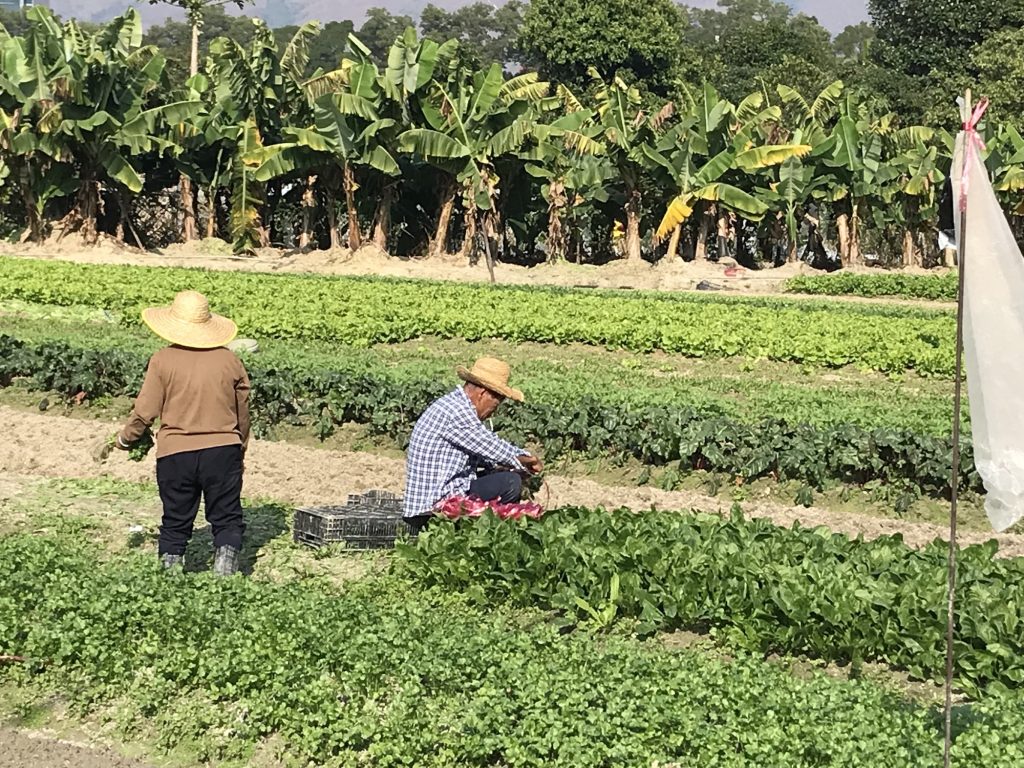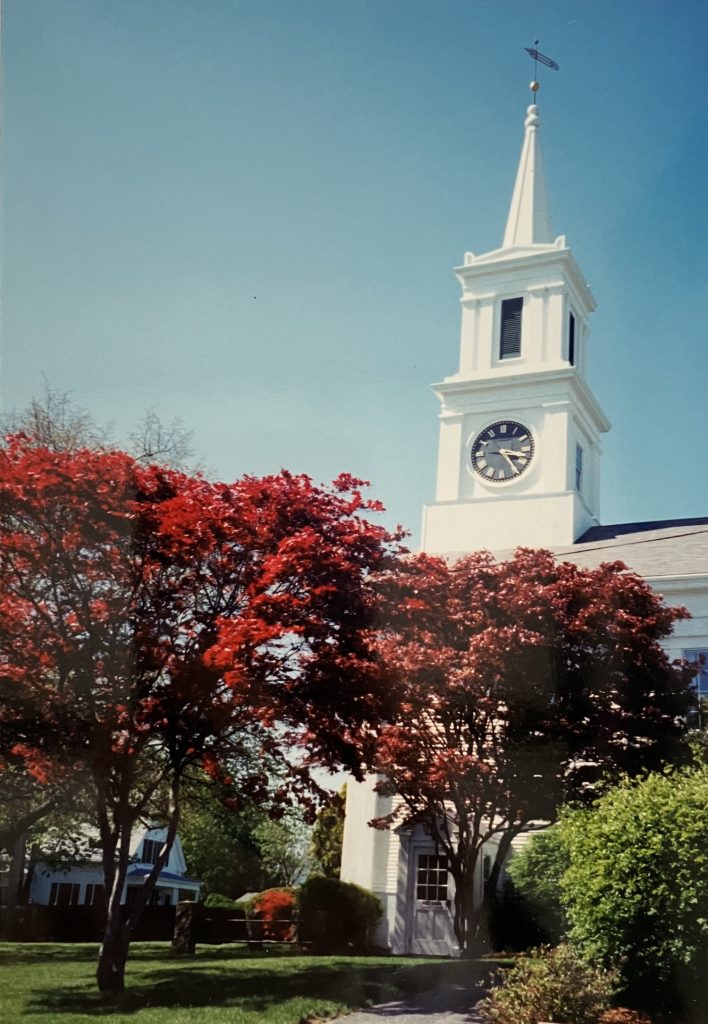I have found it surprisingly disorientating moving from Hong Kong (22.3°N), where there is little more than two hours’ variation in daylight hours over the course of the year, to southern England (51.2° N), where the longest day exceeds the shortest by nearly nine hours.
Living in a small village with little artificial light makes the change in daylight hours even more palpable, especially on the days when there is a sudden one hour jump to British Summer Time and back again to Greenwich Mean Time.
I presume most people who have lived all their life in England, especially city dwellers with a regular work schedule, have probably adjusted or become immune to this extensive seasonal variation. But the fact that the National Health Service lists seasonal affective disorder (SAD) as a condition suggests that that it is a serious problem for some. One just has to look at flood of advertisements over the winter for holidays in warmer climates to appreciate the debilitating impact of months of long, cold nights.

Looking down the valley from my home at 3.30.pm on 7 December 2022.
However, there is one major advantage to England’s excessive daylight variation, namely the distinct seasons that accompany it. Being part of the ever-changing landscape in rural Kent has been a delight and provided me with a much-needed re-grounding after the urban alienation of Hong Kong.
Of course, Hong Kong does have seasons but they can be difficult to differentiate at times. For majority of the year, the city is just hot and humid, with some cooler and dryer relief in December. In the few patches of farmland that still exist, crops grow all year round, and at no point do you get a real sense of the cycle of life, annual death and rebirth.

Vegetable harvest, Kam Tin, New Territories, 2 January 2022.
So how do we find the right balance between the desire for seasonal change and the need for a stable and healthy circadian rhythm? Could we simply pick a spot on the latitudinal scale between the extremes of the equator and the poles that offers the best of both worlds?
Around 40° N seems a good place to start. This happens to be the latitude of both Beijing and New York, places I have spent time before. There is a tolerable six-hour annual variation in daylight this far north, and both cities have distinct seasons. However, the climate is extreme, with hot summers, cold winters and a relatively brief spring and autumn. The extremes of climate are amplified by the built environment which creates a heat island in summer and cold wind canyons in winter.
A few hours’ drive northeast from New York is Cape Cod (41.6° N), where I spent a year in 1994-95. Here the extremes of the city are mitigated by the ocean breeze and the undulating wooded landscape. Autumn produces a sea of red leaves, and blossom re-emerges in the spring after a bleak winter when the Cape can feel almost deserted. Summer however sees an invasion of vacationers, traffic becomes grid-locked and prices skyrocket.

Centerville, Cape Cod. September 1994.
We can consider places like Kyoto (35° N), which is famed for its cherry blossom in spring and red foliage in autumn. But both of these events are fleeting and summers are unbearably hot and humid. Then of course there are the typhoons and earthquakes.
No matter how hard we look for ideal location, we are unlikely to find it. Perhaps the answer is to stop searching and instead try to understand and adapt to the world around us, regardless of the latitude, just as indigenous peoples have done over the millennia.
Close to the equator, in northern Australia’s Kakadu National Park (12.3°S), the Bininj/Mungguy people identify six seasons each year, all of which describe not just the climate but the entire ecology of the region; the plants to harvest, the animals to hunt, and most importantly how to manage the land in accordance with traditional practice.
Right now, in early May, it is Banggerreng, the season of knock’em down storms which marks the transition from Gudjewg, the monsoon season, and Yegee, the beginning of the dry season. During Banggerreng, it is said, the chirruping of Yamidji the green grasshopper signals it is time to harvest the cheeky yams, while in Yegee, the flowering of the Darwin woolly butt means that it is time to take advantage of the drying winds and burn the woodland in a patchwork pattern so as to clear deadwood and encourage new plant growth.

Cockatoos in flight at Burdbulba Creek, Kakadu National Park, 11 May 2017.
In Iceland, just about as far from the equator as humans have settled, the descendants of the original inhabitants, more than a thousand years ago, also seem remarkably adapted to their environment, which features long, dark winters and short, cool summers when the sun is still visible at midnight.

Eyjafjörður in northern Iceland (65.5° N) at 11.30.pm on 3 August 2017. The sun rose again three hours later.
Indeed, one could argue that Iceland’s great literary tradition of sagas stems directly from its long winters when there was little else to do but stay indoors reading, writing or listening to stories. The sparse landscape generates a reverence for and appreciation of nature that is not seen much in the rest of Europe. Erupting volcanos are objects of wonder and the awesome power of the earth rather than a threat to human habitation.
As I noted in a blog from 2017, the farming family who live directly beneath the Eyjafjalljökull volcano, which erupted in 2010, shutting down European airspace for a week, were largely unperturbed by an event that had the rest of the Europe in a panic. They understood the reality of living under a volcano and once the ash cloud had lifted, they calmly set about restoring their farm to its former self, with the bonus of yet more rich volcanic soil for their garden.
Now that I am back in England, I hope that I can learn from their example and adapt to and benefit from the relatively harmless landscape around me.